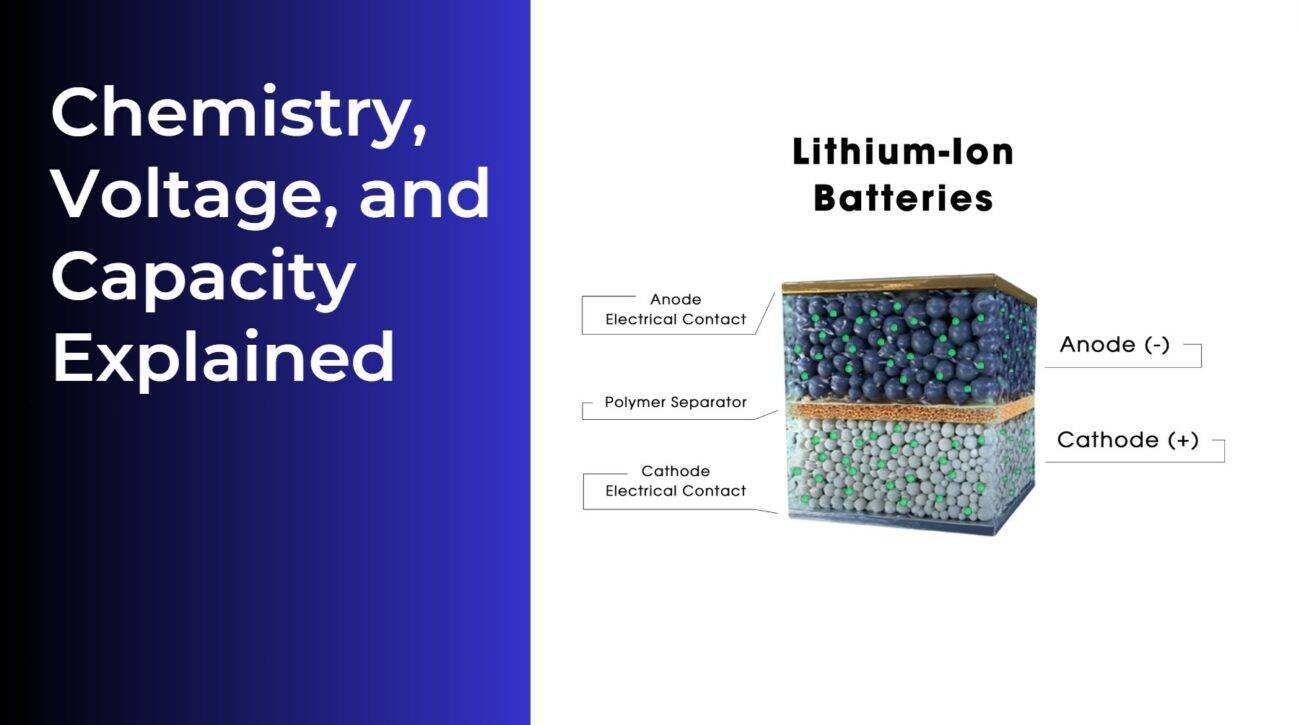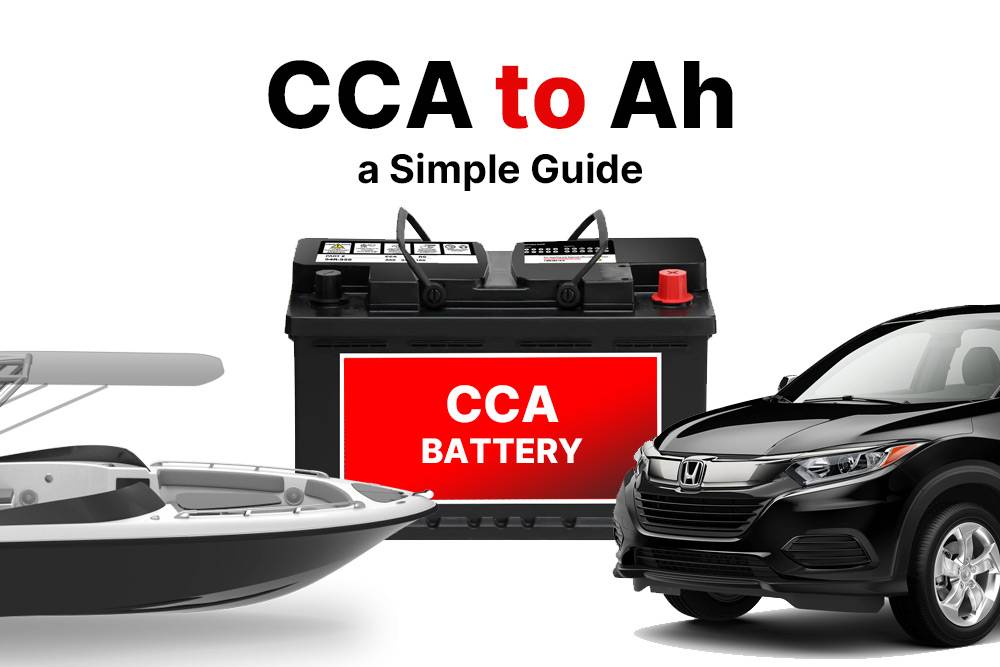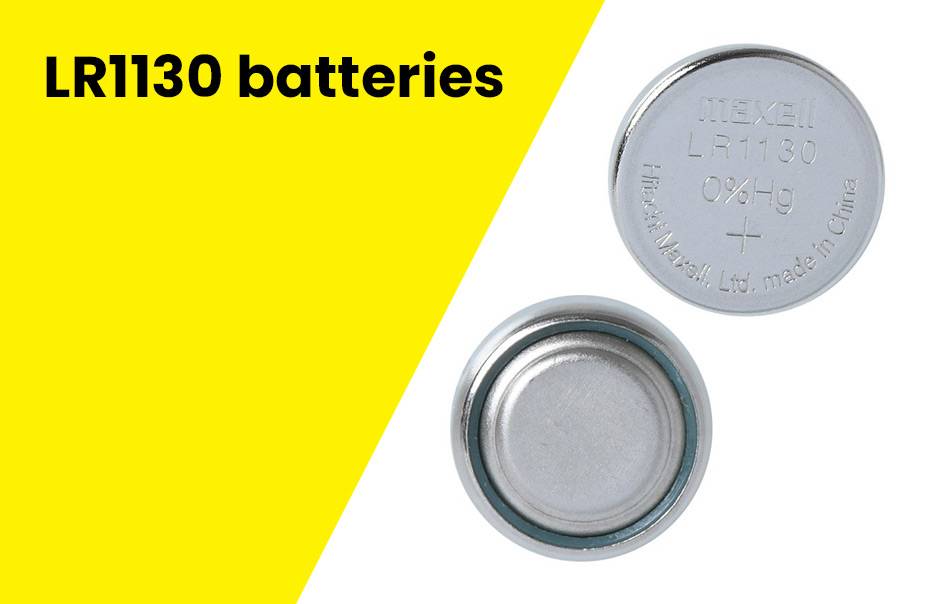Dive into the electrifying world of batteries and unravel the mystery behind Ampere-Hour (Ah) capacity. For tech enthusiasts seeking to understand the essential factors when choosing the right battery, this blog post provides insights into the significance of Ah. Get ready for a jolt of knowledge and explore the fascinating realm where power-packed devices come to life!
Understanding the Concept of Ampere-Hour (Ah)
Ampere-Hour (Ah) is a crucial term in the battery world. It’s a unit representing a battery’s capacity to deliver electrical charge over time. In simpler terms, it tells you how long a battery can power a device before needing a recharge.
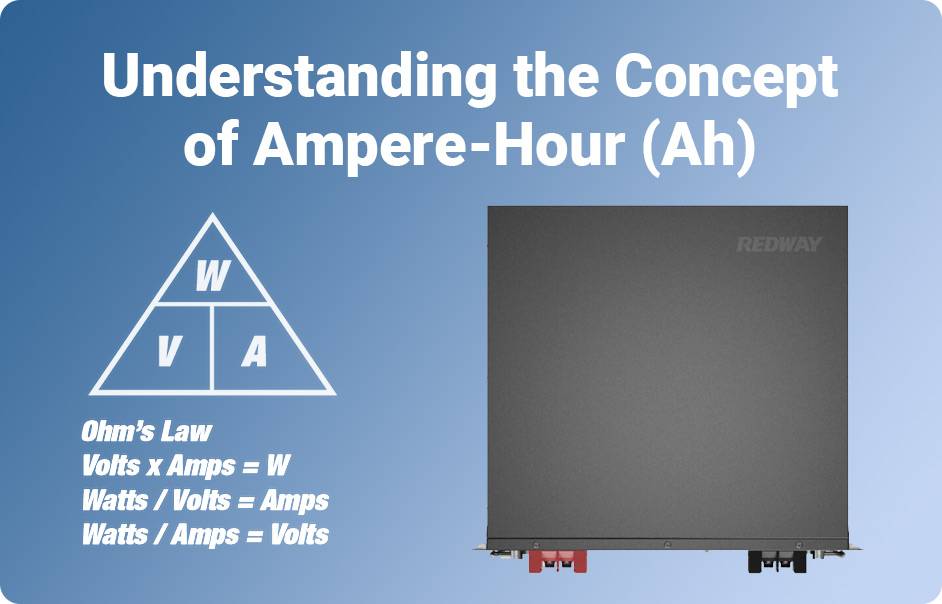
Amp-hours, often denoted as Ah, act as a measure of a battery’s energy storage capacity. This specification reveals the quantity of electrical charge a battery can deliver consistently at a specific rate for a set period. To illustrate, a 100% fully charged 10Ah battery can sustain a discharge of 10Ah for 1 hour, showcasing its energy endurance under those conditions.
- Ah as Capacity Rating: Think of Ah as your battery’s capacity rating. The higher the Ah, the longer the battery can sustain its output. For example, a 10Ah battery drawing 1A continuously theoretically lasts about 10 hours.
- Significance and Considerations: Knowing Ah is vital for choosing the right battery. If you need extended runtimes without frequent recharging, opting for a higher Ah-rated battery is ideal. Manufacturers provide this information on product labels for consumer convenience.
- Factors Affecting Ah Rating: Temperature and discharge rates impact Ah. High temperatures lower capacity, while cold temperatures reduce performance temporarily. The discharge rate affects a battery’s actual capacity, decreasing as the discharge rate increases.
Understanding Ah empowers consumers to make informed decisions based on their specific needs, ensuring optimal battery performance. Always check manufacturer-provided information for accurate Ah ratings and consider environmental factors affecting capacity.
What are amp hours and what does Ah mean in a battery?
Ah stands for ampere-hour, which is a unit of electrical charge commonly used to measure the capacity of a battery. It indicates the amount of electrical charge a battery can deliver over time. Specifically, one ampere-hour represents the ability to provide one ampere of current for one hour.
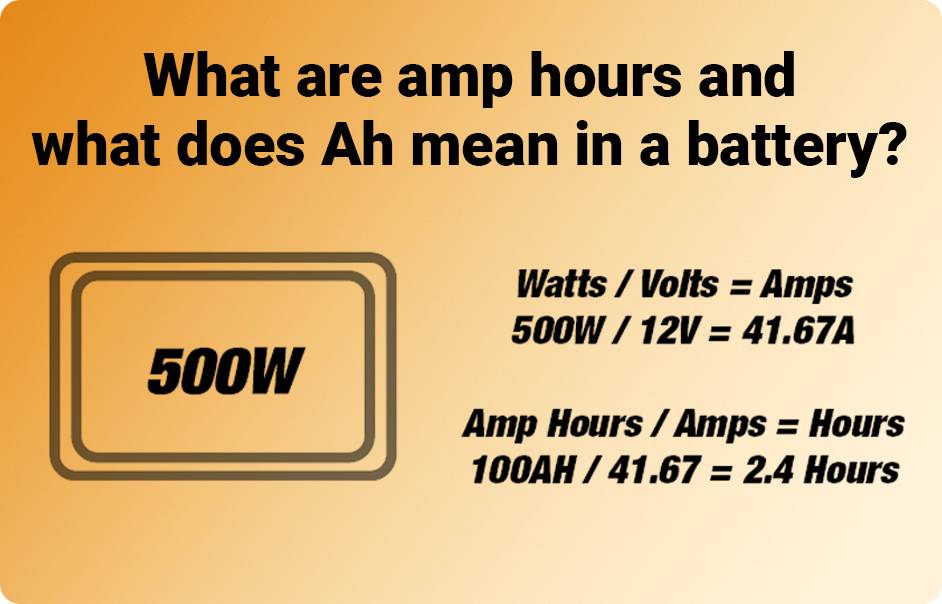
Understanding amp hours, denoted as Ah, is essential for determining a battery’s energy capacity and how long it can power your devices. This unit of measure quantifies the rate at which a battery can deliver current over a specific period, influencing the overall performance and longevity of the battery in various conditions. Factors such as charging and discharging rates, ambient temperature, and the battery’s overall health play crucial roles in determining how long Ah will last in a battery. By grasping the significance of amp hours, you can better gauge the reliability and endurance of your devices on a single charge.
What are common Ah ratings?
Common Ah (ampere-hour) ratings for batteries can vary depending on the application and device requirements. Some typical Ah ratings for batteries include 2.0 Ah, 3.0 Ah, 4.0 Ah, and even higher capacities like 5.0 Ah. The higher the Ah rating, the greater the battery’s capacity to deliver electrical charge over time. When you’re dealing with renewable energy batteries, such as deep cycle batteries, it’s worth noting that common Ah ratings you may encounter are 50Ah, 100Ah, and 200Ah. It’s important to consider these specific ratings when selecting a battery to ensure you have adequate power reserves. Remember, it’s better to size up than to risk undersizing and potentially facing unexpected power shortages.
Why is Ah Important?
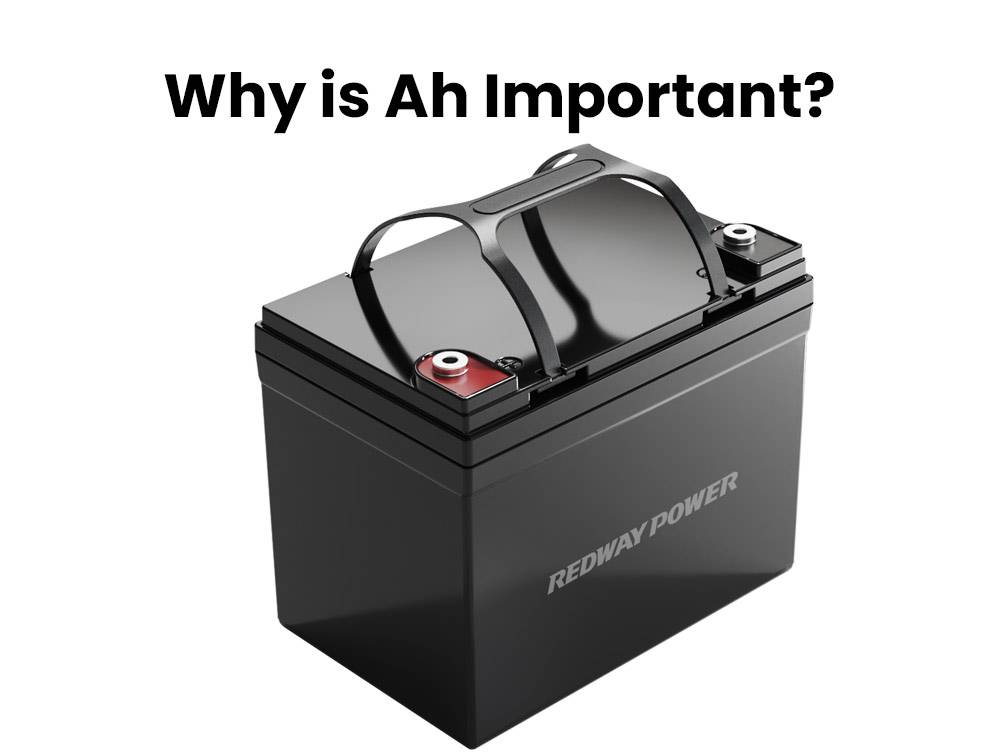
Ampere-Hour (Ah) is a crucial metric for battery capacity. It signifies the charge a battery can deliver over time, influencing how long it lasts before needing a recharge or replacement.
- Choosing the Right Battery: Knowing the Ah rating is vital for selecting a suitable battery. It allows easy comparison and helps match a battery to specific power requirements. For instance, a 5Ah-rated battery could power a 1-ampere device for about 5 hours continuously.
- Performance and Efficiency: Ah plays a significant role in a battery’s overall performance. Higher Ah ratings indicate more energy storage capacity, ensuring longer runtimes without depletion. Devices with higher power demands benefit from batteries with increased Ah ratings.
- Preventing Damage: Understanding Ah helps prevent damage from undercharging or overcharging. Choosing a battery with an appropriate Ah rating for your application ensures optimal performance and avoids issues caused by insufficient charging or excessive discharging.
Recognizing the importance of Ampere-Hour empowers consumers to make informed decisions about battery selection, ensuring they meet specific energy needs while promoting battery longevity. Always consider the Ah rating when choosing batteries for diverse applications.
Calculating Battery Capacity in Ah
To choose the perfect battery for your needs, understanding how to calculate its capacity in Ampere-Hours (Ah) is crucial. This unit helps estimate how long a battery can power a device before needing a recharge.
- Two Key Factors: Battery capacity relies on two factors – current draw and time. Determine the device’s hourly current draw, usually found in manufacturer specifications or measured with a multimeter. Multiply this by the desired runtime in hours to get the required Ampere-Hours.
- Example for Clarity: If a device draws 1 Ampere continuously and you want it to run for 5 hours, you’d need a battery with at least 5 Ah capacity. While factors like temperature and battery age can affect accuracy, using Ah as a reference aids decision-making for various applications.
Understanding this calculation empowers you to efficiently select batteries that align with your energy needs. Always consult experts or manufacturer guidelines to ensure optimal battery capacity without unnecessary costs or power supply issues.
Factors Affecting Ah
Understanding the Ampere-Hour (Ah) rating involves recognizing key factors that impact battery performance. Here’s a concise breakdown:
- Battery Chemistry Matters: Different batteries have different Ah ratings based on their chemical compositions. For instance, lithium-ion batteries often boast higher Ah ratings compared to lead-acid counterparts.
- Temperature’s Impact: Extreme temperatures play a crucial role. Cold reduces capacity, while heat accelerates self-discharge and shortens overall lifespan.
- Discharge Rate Influence: How fast you draw power affects effective Ah rating. Higher discharge rates result in lower usable capacities due to internal resistance.
- Depth of Discharge (DoD): The depth to which you discharge a battery influences its Ah rating. Deeper discharges typically lead to a gradual decrease in overall capacity.
- Age and Usage Patterns: Battery aging and irregular charging habits impact capacity. Over time, regardless of usage, batteries naturally lose capacity.
Considering these factors is vital for selecting a battery that ensures optimal performance and durability for your specific needs. Always factor in these considerations to make informed decisions.
Is there a difference between AC current and DC current in terms of amperage?

DC: Direct Current refers to the continuous flow of electric charge in a singular direction.
AC: Alternating Current oscillates between directions at a specific frequency 60 times per second in the U.S
DC is a characteristic feature of batteries, as indicated by the presence of positive and negative terminals. The flow of electric charge is unidirectional, consistently moving from one terminal to the other, providing power to connected appliances. It’s noteworthy that electrical devices are typically designed to operate specifically on either AC or DC, necessitating modifications for dual compatibility, as they are not inherently adaptable to both types of current.
New Insights
Here are the latest news articles discussing the topic of Ah (Ampere-hour) for a battery:
- Ufinebattery’s blog post explains that Ah, or Ampere-hour, is a critical metric for lithium-ion batteries, indicating their capacity and operational capabilities. It describes Ah as a measure of the amount of electrical charge a battery can store, akin to the size of a bucket that holds water.
- Paleblue’s article delves into the meaning of Ah on a battery, emphasizing that Ah is the unit used to measure a battery’s energy capacity, indicating how much electrical energy the battery can hold and provide over time.
- Redway Battery’s guide provides a comprehensive understanding of Ah ratings on 12-volt batteries, explaining that Ah stands for Amp hours and serves as a unit of measure for a battery’s energy capacity, representing the amount of current the battery can supply over time.
These articles collectively offer insights into the significance of the Ah rating on batteries, which is essential for determining the battery’s capacity to store and deliver electrical energy.
“The Ampere-hour (Ah) rating is an essential metric for assessing a battery’s capacity to store electrical energy. It provides a clear indication of the battery’s potential runtime, with higher Ah values equating to longer discharge periods. As a lithium battery expert, I advise focusing on the Ah rating when selecting batteries for applications that demand endurance and reliability. Understanding the Ah rating is crucial for optimizing battery performance and ensuring the right choice for your specific energy needs.” — Mr. Raza, Lithium Battery Expert from Redway Power
Common Misconceptions About Ah
Let’s clear up some common misconceptions about Ampere-Hour (Ah) ratings:
- Not All About Capacity: Contrary to belief, a higher Ah rating doesn’t guarantee longer battery life. Actual runtime depends on factors like power consumption and efficiency.
- Partial Charges Are Okay: You don’t need to fully charge your battery every time. Modern batteries handle partial charges well, and frequent full discharges can harm overall lifespan.
- Ah Rating ≠ Equality: Batteries with the same Ah rating differ in quality. Cell chemistry and manufacturing impact performance and longevity.
- Full Discharge Myth: Fully discharging before recharging doesn’t necessarily improve battery performance. Most devices have safeguards against over-discharge.
- Voltage Isn’t Everything: Higher voltage doesn’t always mean better performance. Factors like current delivery capability (measured in amperes) also influence overall battery performance.
Separating facts from fiction is crucial for understanding how Ah ratings relate to battery capacity and usage patterns. Be informed to make better choices for your devices.
Conclusion: Choosing the Right Battery for Your Needs
Choosing the right battery involves understanding Ampere-Hour (Ah) to determine capacity. Calculating Ah helps estimate a battery’s lifespan, considering factors like temperature and age. Tailor choices to specific needs, like high-drain devices requiring higher Ah ratings. Different battery types offer varied energy density; lithium-ion provides more capacity but may cost more. Consider Ah rating, usage requirements, device compatibility, and cost for an informed decision, ensuring optimal performance, sustainability, and cost-effectiveness. Every choice contributes to building a greener future through efficient battery selection and proper recycling.
FAQs
Can I use a 4aH battery instead of 2aH?
Can I replace my battery with a higher Ah?
Under normal circumstances, you can replace your battery with a higher Ah rating without any problems. A higher Ah rating indicates a larger capacity and potentially longer runtime. Ensure the voltage and physical dimensions of the new battery are compatible with your device or application. Consult the manufacturer’s recommendations or seek professional advice if needed.
Is a 5Ah battery more powerful than 2AH?
A 5Ah battery is more powerful than a 2Ah battery. The Ah rating represents the battery’s capacity, and a higher rating indicates a larger capacity. In terms of power output, both batteries can provide the same voltage, but the 5Ah battery can sustain the power delivery for a longer duration. This means it can provide more runtime before needing to be recharged.
How do I choose an Ah battery?
When choosing an Ah battery, consider the voltage and capacity requirements based on your device’s specifications. Multiply the battery capacity (Ah) by the voltage to determine the energy content in watt-hours (Wh). To estimate the minimum Ah rating needed, divide the power requirement by 0.5. Working with higher voltage can reduce the power required. Consider the power needs and desired runtime for optimal battery selection.
More
What does Ah mean in battery?
Ah stands for ampere-hour, which is a unit of electrical charge commonly used to measure the capacity of a battery. It indicates the amount of electrical charge a battery can deliver over time. Specifically, one ampere-hour represents the ability to provide one ampere of current for one hour.
Is a higher Ah battery better?
In general, a higher Ah (ampere-hour) rating indicates a battery with greater capacity, meaning it can deliver more electrical charge and potentially power a device for a longer period before needing recharging. So, for applications requiring longer runtime, a higher Ah battery would be preferable.
Which is better? 2.0 Ah or 4.0 Ah battery?
A 4.0 Ah battery would typically be better than a 2.0 Ah battery in terms of capacity and runtime. The 4.0 Ah battery can provide double the amount of electrical charge compared to the 2.0 Ah battery, potentially allowing devices to run for a longer period before requiring recharging.
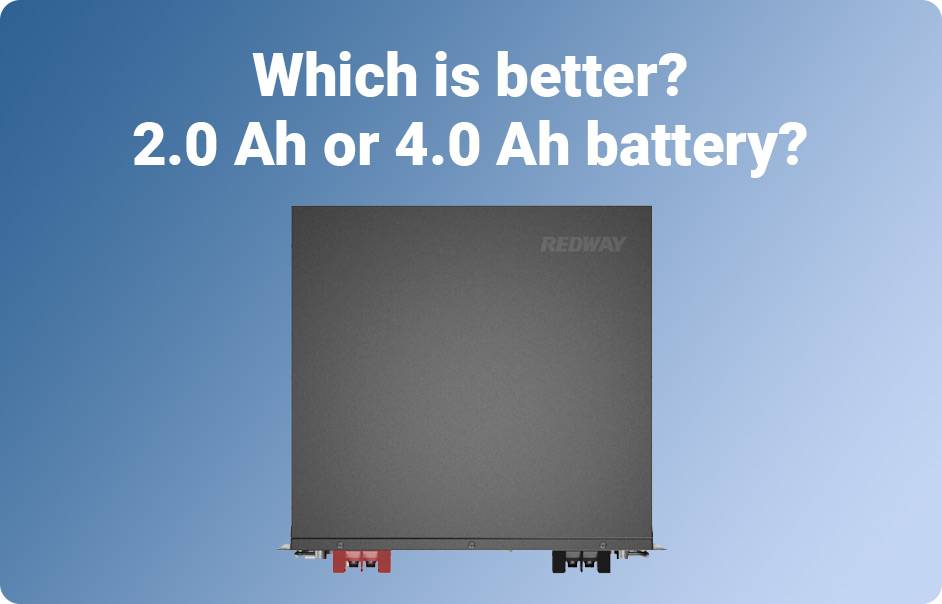
Is a 5Ah battery better than a 2Ah?
Yes, a 5Ah battery is better than a 2Ah battery in terms of capacity and runtime. The 5Ah battery can provide more electrical charge compared to the 2Ah battery, allowing devices to run for a longer period before needing recharging.
How long will a 3Ah battery last?
The runtime of a 3Ah (ampere-hour) battery depends on the power consumption of the device it powers. To estimate the runtime, divide the battery’s capacity (in ampere-hours) by the device’s power consumption (in amperes). For example, if a device consumes 1 ampere of current, a 3Ah battery would last approximately 3 hours (3Ah / 1A = 3 hours).
Can I replace a 4.5 Ah battery with a 5Ah battery?
In many cases, yes, you can replace a 4.5Ah battery with a 5Ah battery, especially if they have the same voltage and are compatible with the device’s requirements. The higher capacity of the 5Ah battery means it can provide more electrical charge, potentially extending the device’s runtime. However, it’s essential to ensure that the replacement battery is compatible with the device and meets its voltage and size requirements.
Are AC and DC amps the same?
AC (alternating current) and DC (direct current) amps are not the same. These two types of electricity differ in their flow direction and characteristics. AC electricity constantly changes direction, flowing back and forth, while DC electricity flows steadily in one direction. Devices are designed to operate using either AC or DC power, not both simultaneously. If a device is connected to the wrong type of electricity, it can lead to damage or malfunction. Converters can be used to change AC to DC or inverters to change DC to AC, allowing devices to operate on the appropriate type of current.
What’s the difference between amps, ohms, and volts?
Amps, ohms, and volts are fundamental units in the realm of electricity. Voltage (V), current (I), and resistance (R) play critical roles in understanding the behavior of electrical systems.
Voltage, measured in volts, can be likened to the pressure of water flowing through a canyon, providing the force necessary to push the current along. On the other hand, resistance, measured in ohms, can be compared to the width of the canyon. Just as a narrower canyon requires more force to push water through, higher resistance in a circuit makes it harder for voltage to propel the current. This increased resistance leads to the generation of heat, which can result in losses known as voltage drop. These losses diminish the force that voltage can exert and reduce the amount of current that can flow through the circuit.
Amperage, measured in amps, represents the amount of current flowing through a circuit. Understanding the relationship between voltage, resistance, and current is crucial for optimizing the efficiency of electrical systems. By minimizing resistance through appropriate material selection and conductor sizing, the heat generated – and subsequent voltage drop – can be reduced, leading to more effective functioning of the circuit.
Therefore, the key differences between amps, ohms, and volts lie in their respective roles: amperage indicates current flow, voltage signifies the driving force, and resistance governs the ease of current flow within an electrical system.










